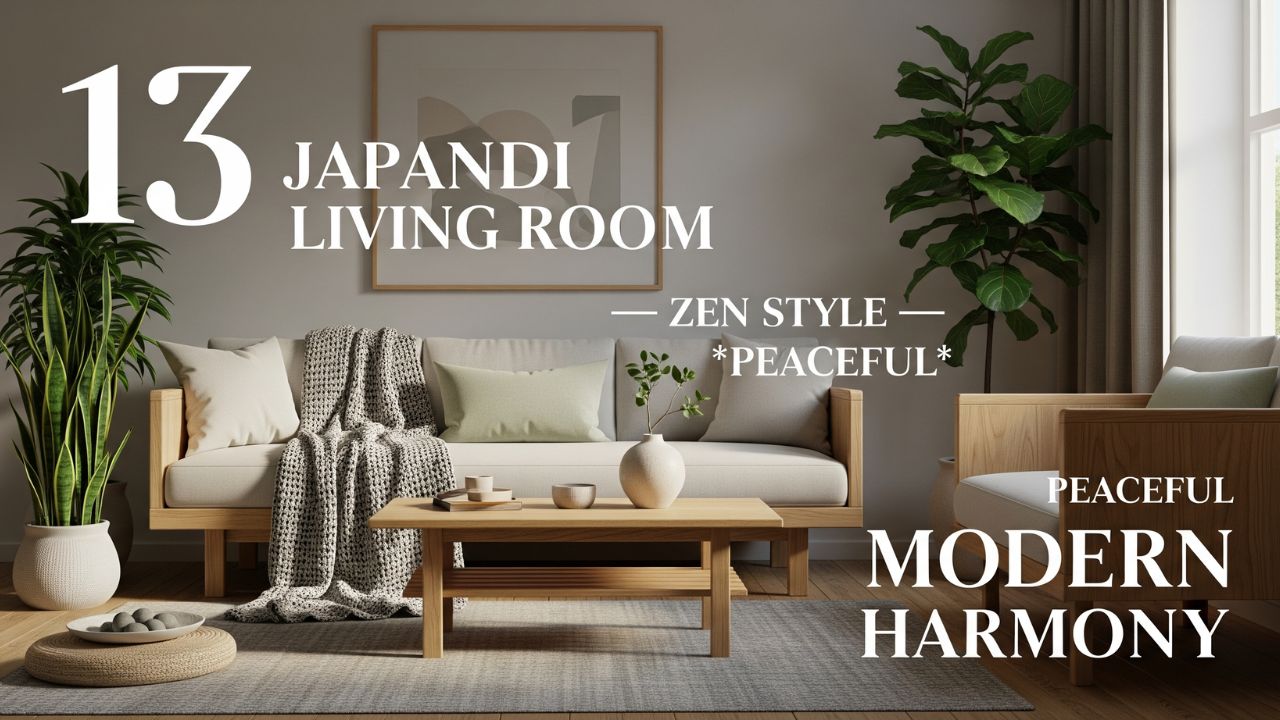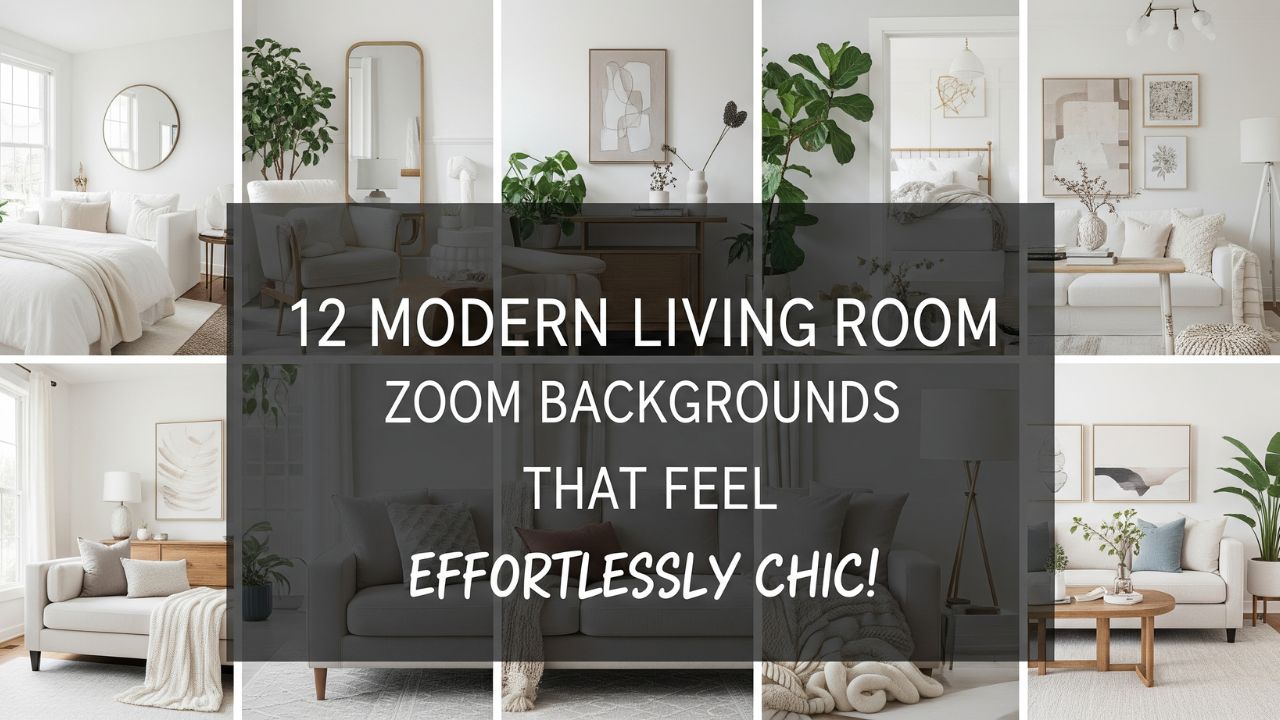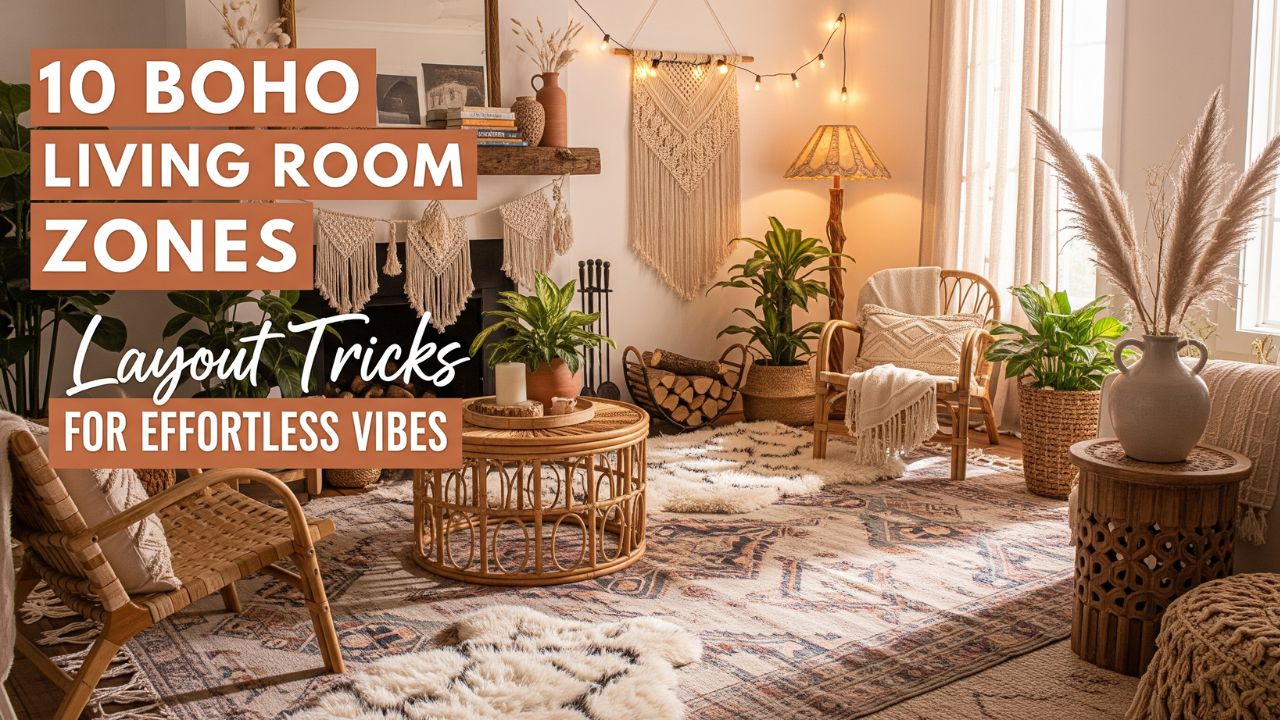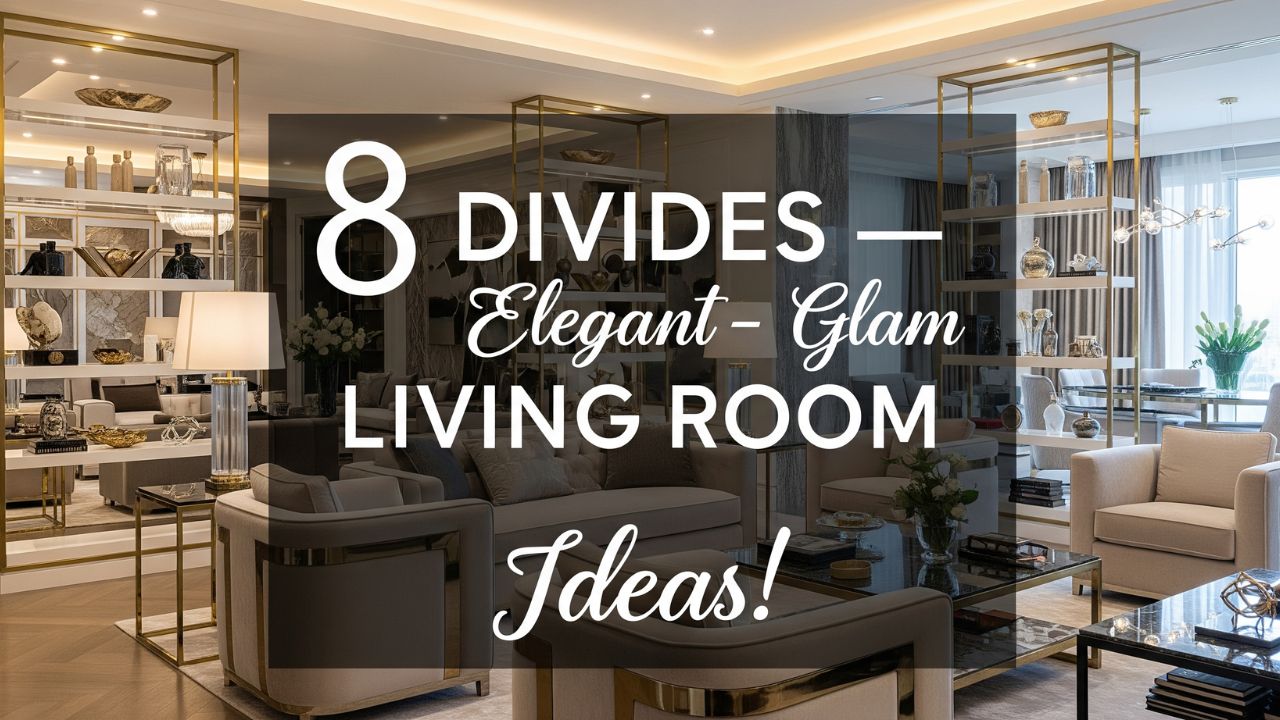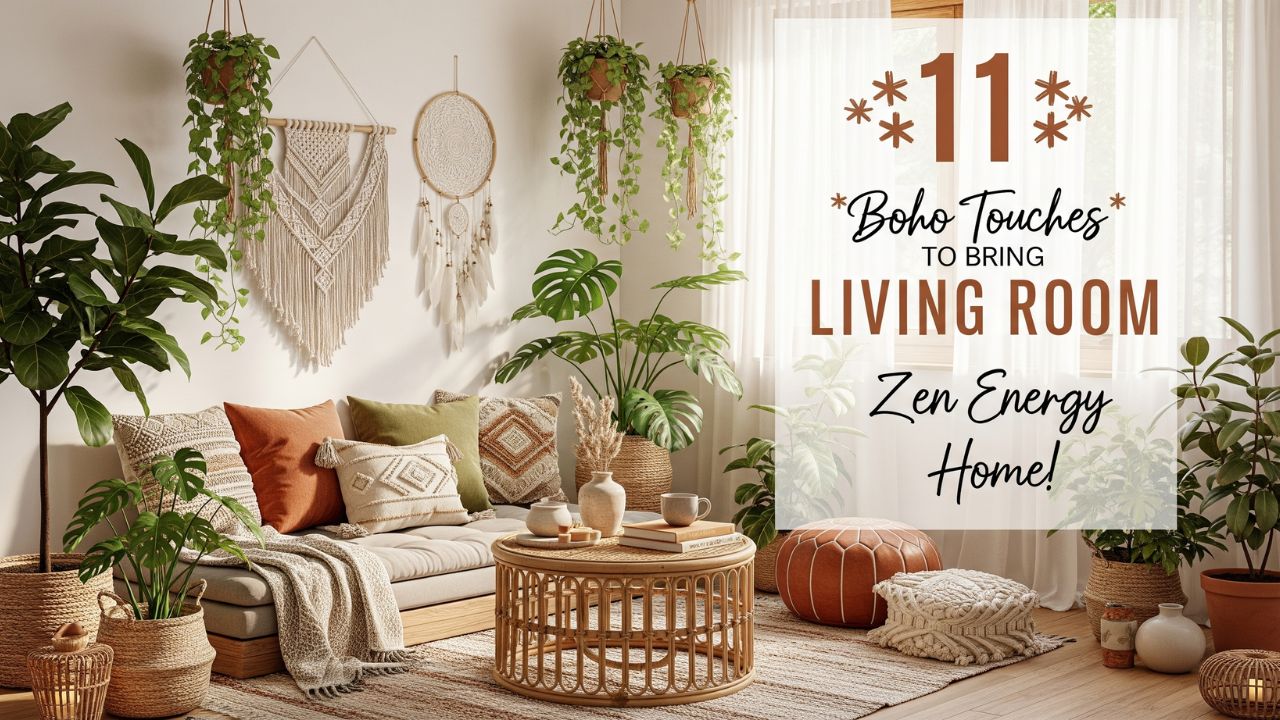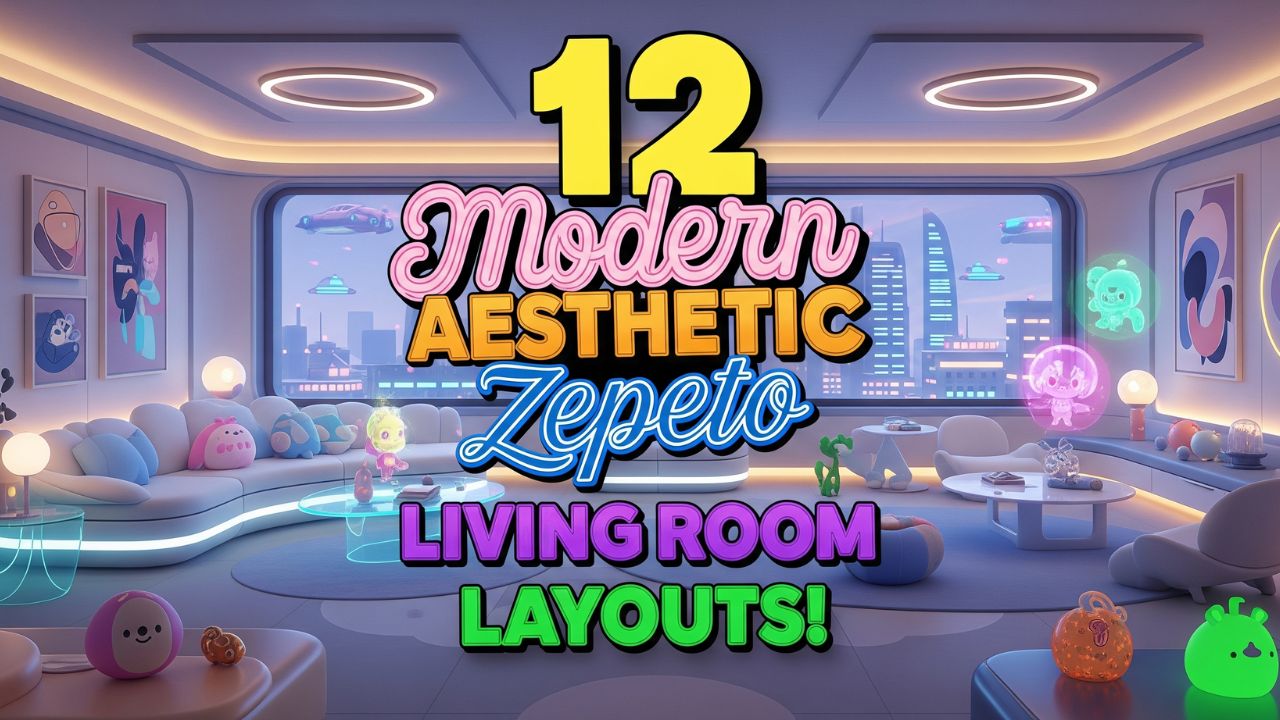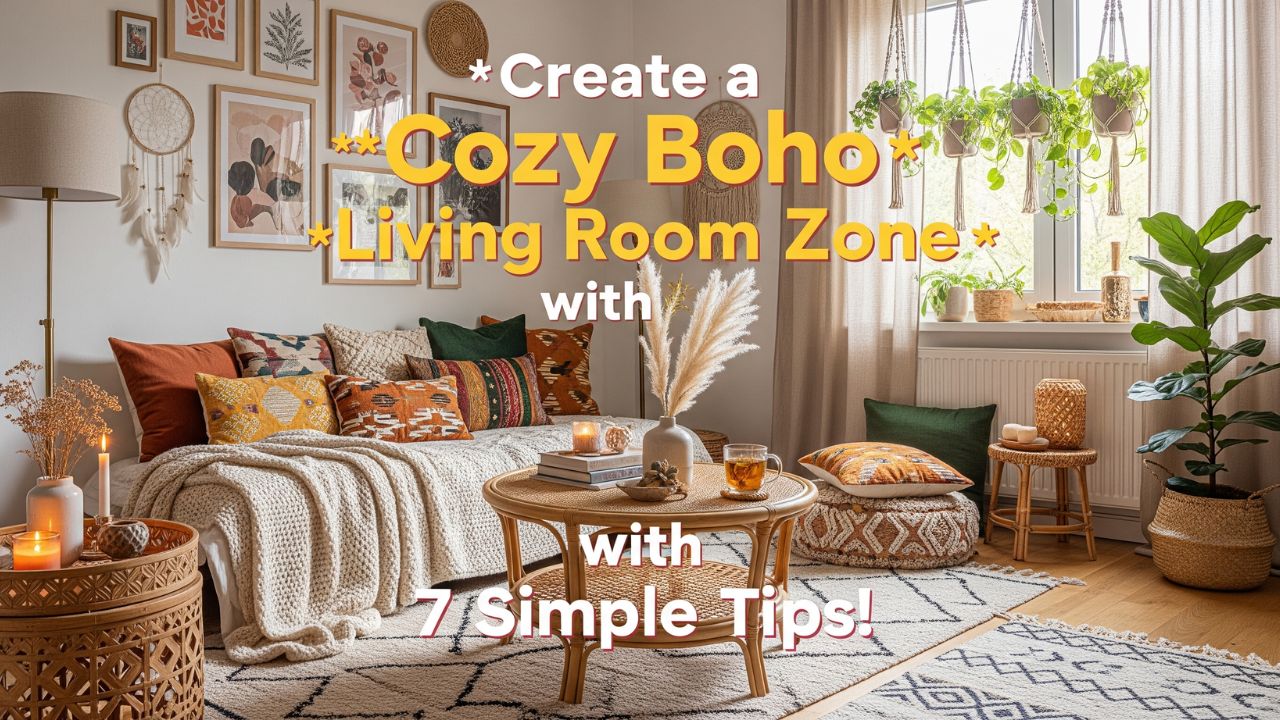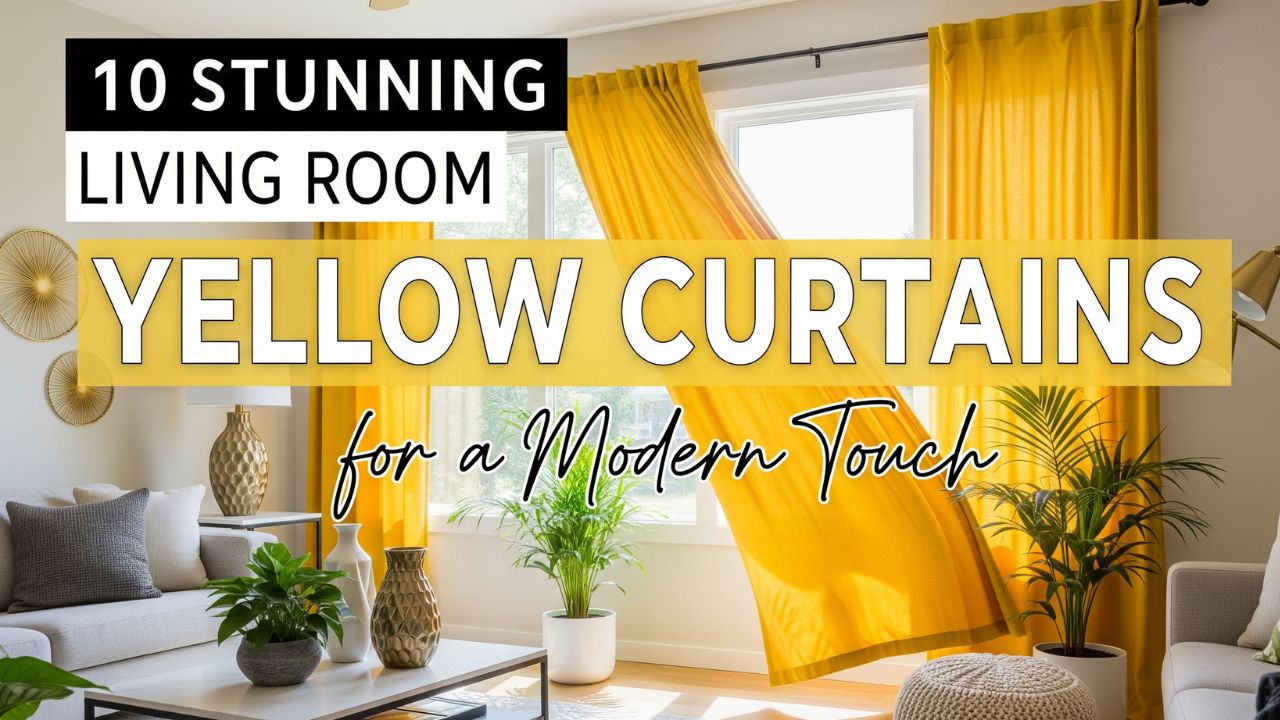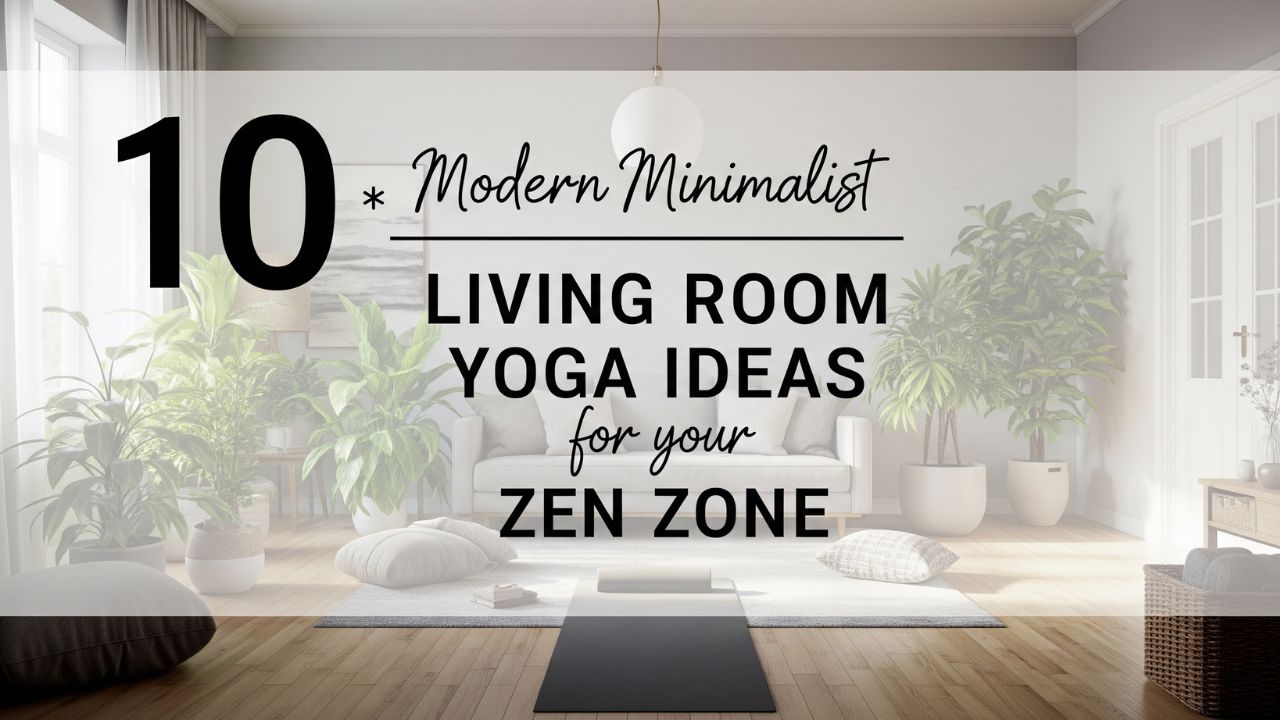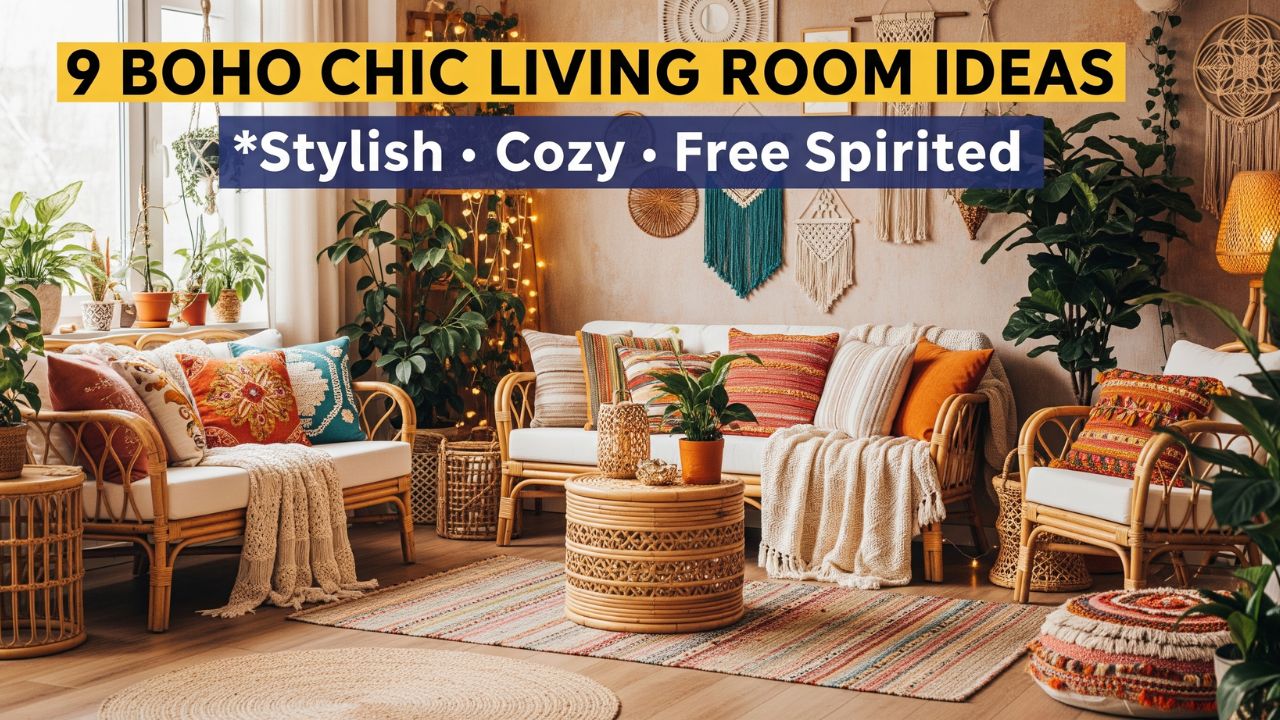There’s something undeniably magnetic about Scandinavian interiors. The moment you walk into one, you feel it — that breath of calm, the soft light, the understated warmth. It’s not loud or luxurious in the traditional sense; it’s a whisper of comfort wrapped in simplicity.
Scandinavian living rooms aren’t about decorating more — they’re about feeling more. Every piece has a purpose, every hue a reason. Rooted in the Nordic philosophy of lagom — meaning “just the right amount” — this design style is a celebration of balance, natural beauty, and serenity.
So, if your space feels a bit cluttered, chaotic, or simply uninspiring, a Scandinavian makeover might just be your next design awakening.
Here are 13 Scandinavian living room makeover ideas to help you create a cozy, calm, and effortlessly beautiful space that feels like a warm hug on a cold morning.
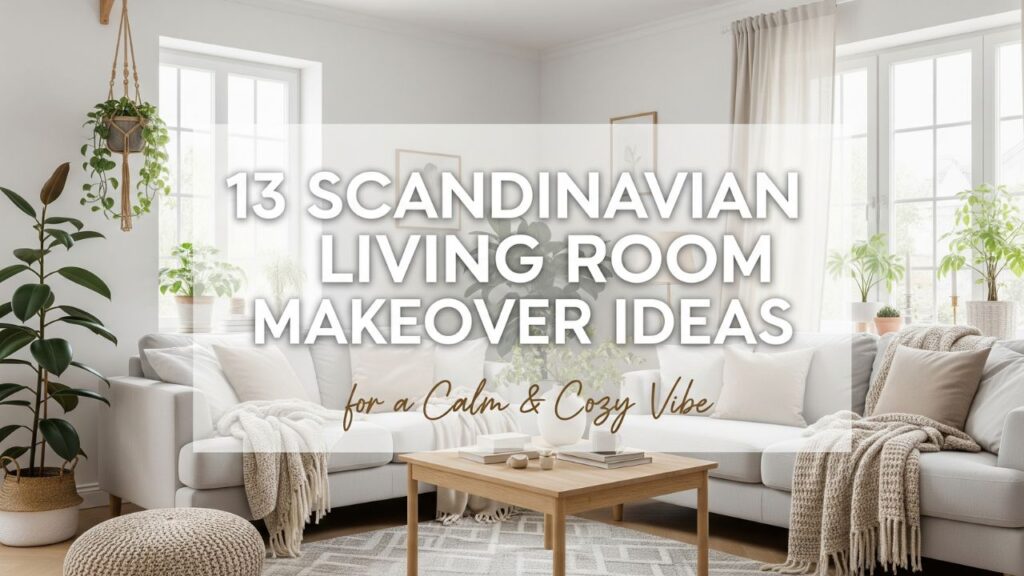
Table of Contents
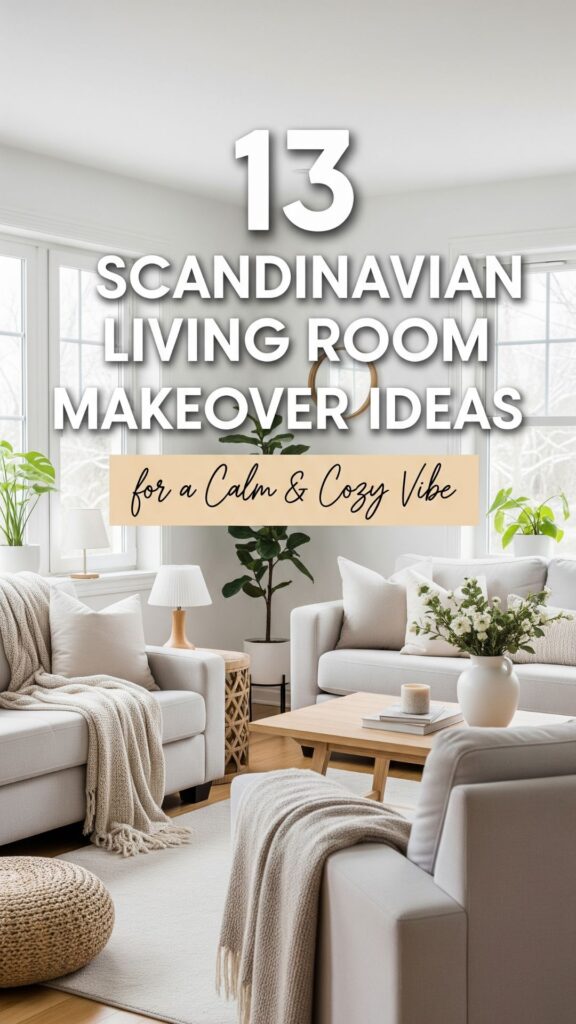
13 Scandinavian Living Room Makeover Ideas
1. Embrace a Light, Airy Color Palette
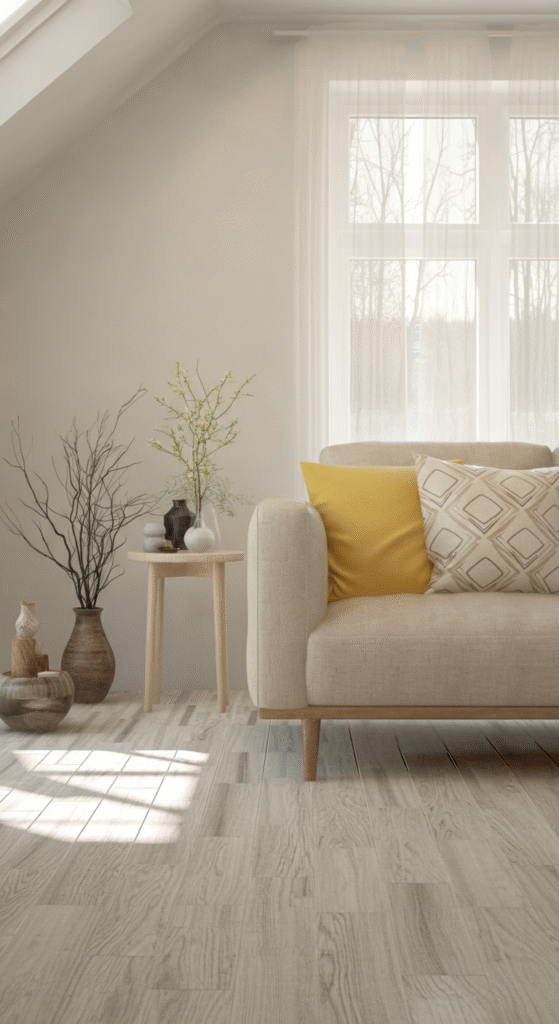
White walls are the heart of Scandinavian design. They reflect light, create space, and bring in a feeling of openness.
Choose muted shades — soft whites, warm greys, and pale beiges. This palette amplifies natural light, making even the smallest room feel spacious.
Do you know? Scandinavian countries experience long, dark winters — that’s why light colors were originally used to brighten interiors and lift moods during gloomy months.
2. Let Natural Light Take Center Stage
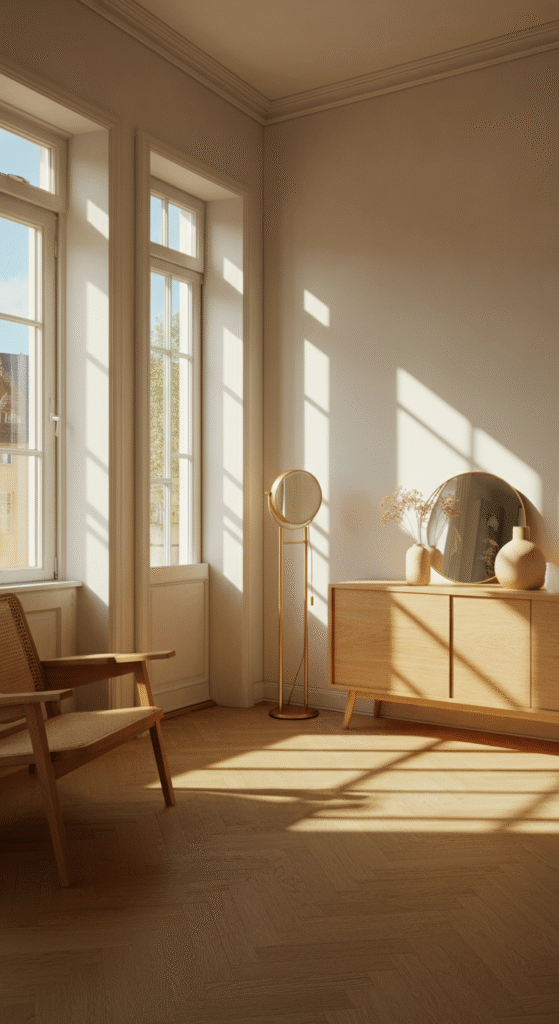
Scandinavian homes are designed around light — both natural and emotional. The more sunlight, the better.
Use sheer curtains or skip them altogether. Position mirrors opposite windows to bounce light deeper into your room. If you can, opt for light wood floors that help reflect brightness.
Lighting in the North isn’t just functional — it’s soulful. Consider warm-toned bulbs, layered lamps, and minimalist pendant lights for evenings when sunlight fades.
3. Add Warmth Through Wooden Accents
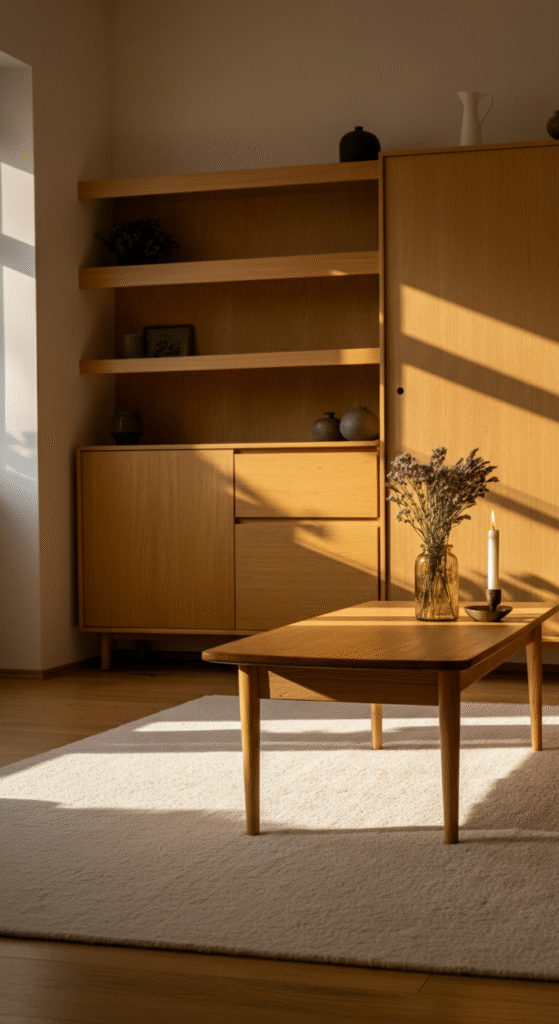
Wood is the soul of Scandinavian interiors. From floors to frames to furniture, natural wood brings life and texture.
Opt for lighter woods like birch, pine, or ash — they maintain the soft tone of your room. A simple oak coffee table or beech armchair can instantly anchor your living space.
Interesting fact: The Scandinavian term hygge (pronounced “hoo-gah”) refers to creating warmth and coziness — wood elements are one of the easiest ways to bring hygge into your home.
4. Layer with Textures, Not Colors
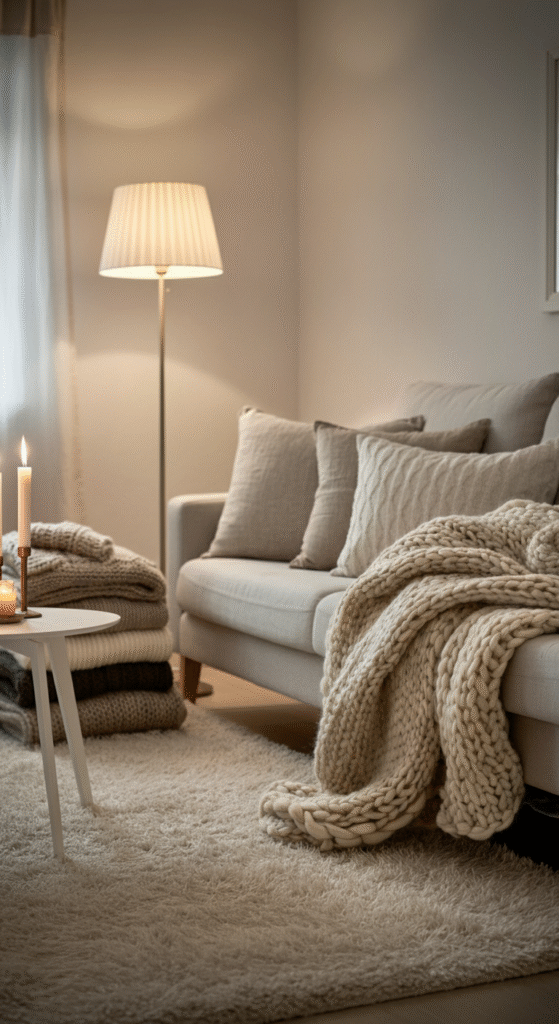
While color palettes stay minimal, Scandinavian design thrives on texture. Think chunky wool throws, linen cushions, faux fur rugs, and knitted poufs.
These tactile details add depth without overwhelming the senses. When you mix textures — soft with coarse, smooth with rough — your living room becomes a visual and sensory retreat.
5. Choose Functional Yet Beautiful Furniture
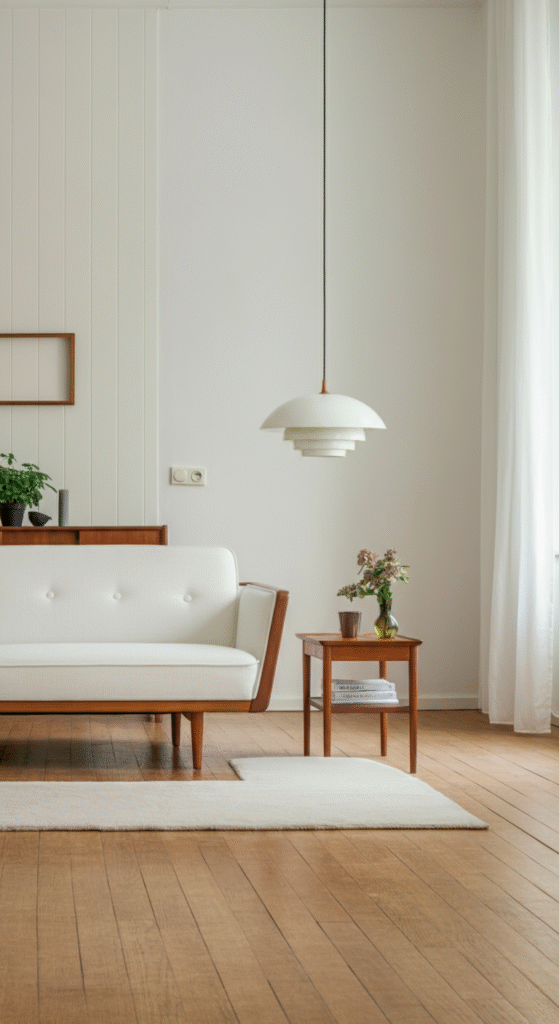
In true Nordic style, furniture should be simple, functional, and timeless.
Go for clean lines, tapered legs, and pieces made from natural materials. Avoid overly ornate designs. Instead, invest in a mid-century-inspired sofa, a solid-wood coffee table, or a slim bookshelf that doubles as art.
Scandinavian furniture is like poetry in form — minimal words, maximum meaning.
6. Incorporate Nature-Inspired Decor
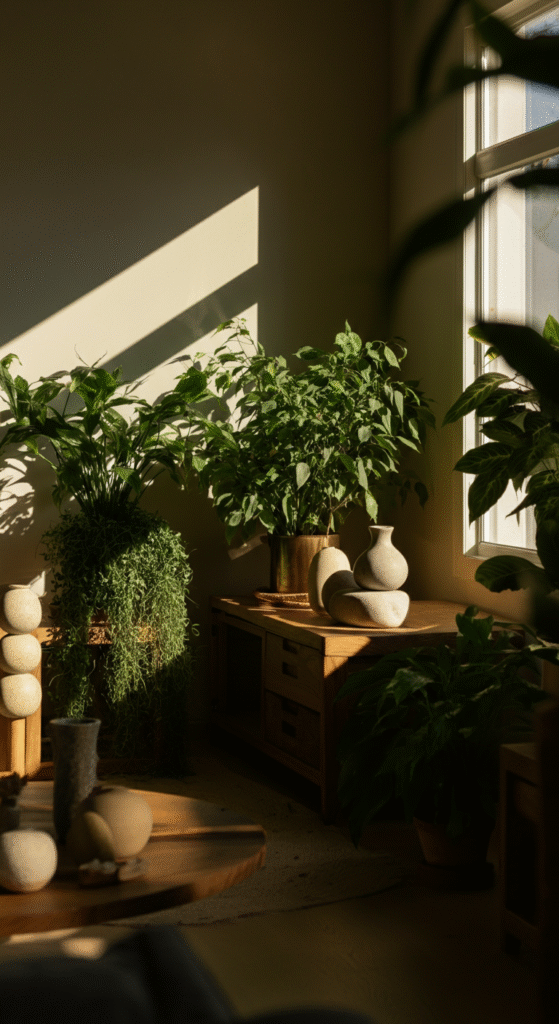
Scandinavians have a deep connection with nature, and it shows in their interiors.
Bring the outdoors inside — a few potted plants, dried branches, or a vase of fresh blooms can do wonders. Choose neutral-toned ceramic pots or wooden planters to keep the look organic.
Myth-buster: Many believe Scandinavian interiors are cold or sterile. In reality, it’s the natural elements — plants, wood, stone — that make them so inviting and alive.
7. Keep Clutter Out of Sight
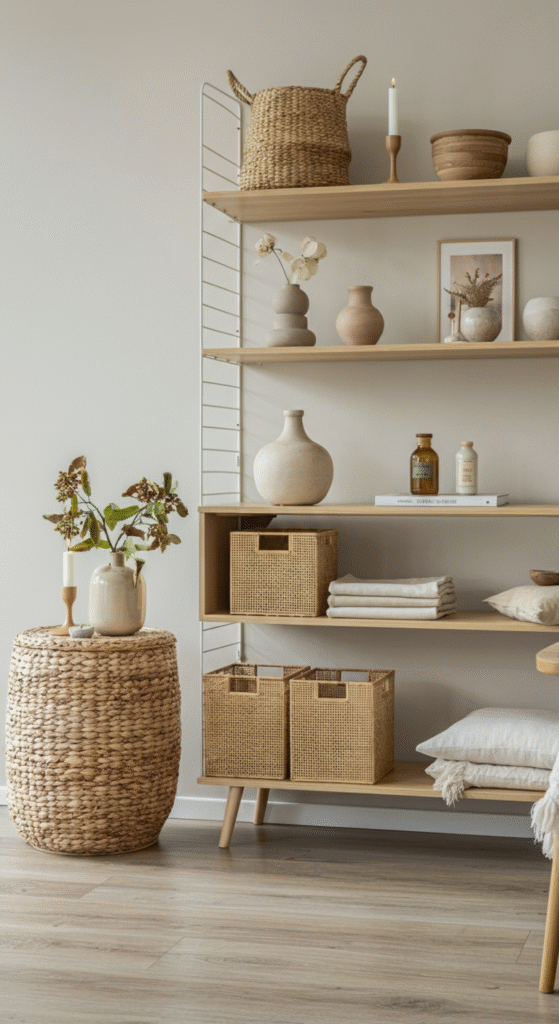
Scandinavian design thrives on simplicity, and clutter disrupts calmness.
Adopt smart storage — woven baskets, hidden drawers, modular shelving. Keep surfaces clean and purposeful. A single vase on a table can look far more elegant than five decorative items fighting for attention.
It’s not minimalism for the sake of trend — it’s minimalism for peace of mind.
8. Introduce Subtle Pops of Color
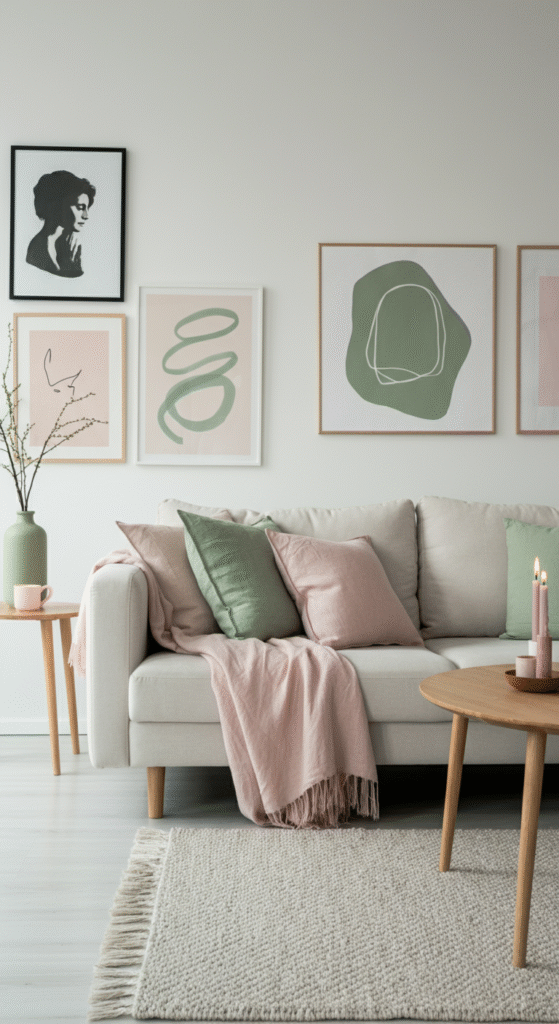
Though neutral tones dominate, Scandinavian rooms often feature small bursts of color.
Try muted blues, soft sage greens, or blush pinks through cushions, artwork, or throws. These colors add character without overpowering the tranquility.
Do you know? Scandinavian artists often use color sparingly in design to mimic the natural hues of Nordic landscapes — snow, sky, moss, and twilight.
9. Create a Cozy Reading Nook
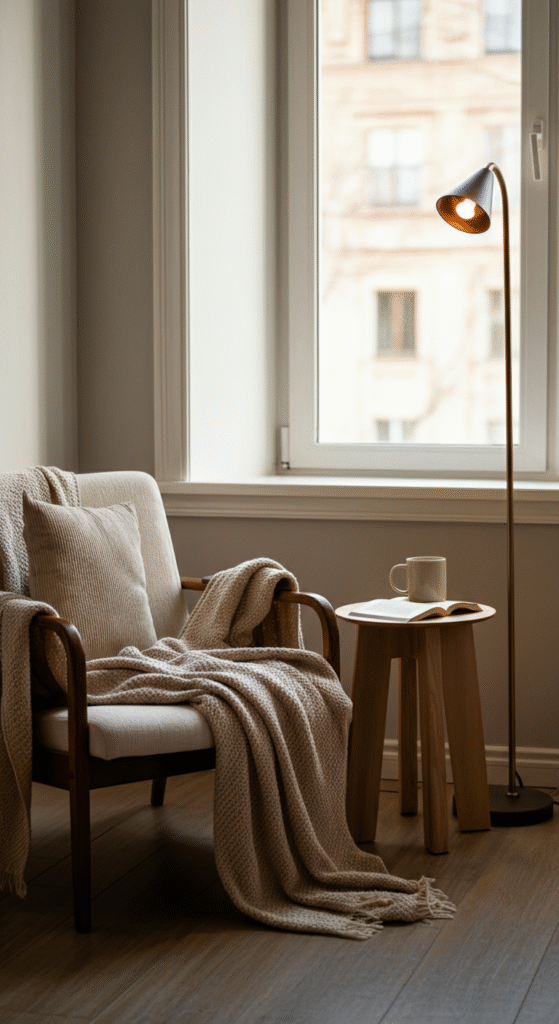
Every Scandinavian living room deserves a little nook — a sanctuary for reflection or reading.
A simple armchair by the window, a floor lamp, and a cozy throw can create a space that feels deeply personal. It’s not about perfection — it’s about comfort.
Add a small wooden stool as a side table and a soft rug beneath your feet. This is where hygge truly lives.
10. Mix Old and New Thoughtfully
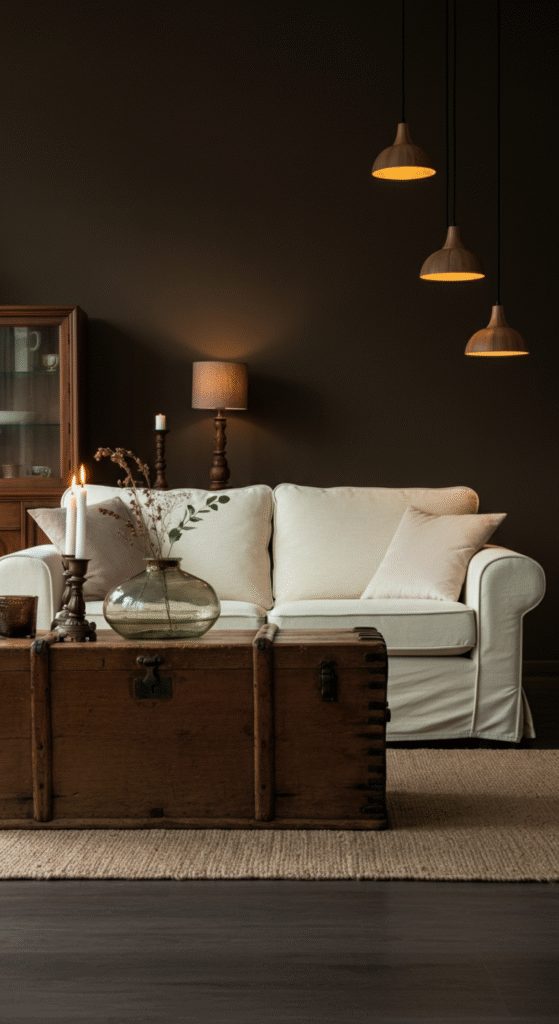
Scandinavian style embraces timelessness. Don’t shy away from blending modern furniture with vintage finds.
An antique wooden chest can sit beautifully beside a sleek, modern sofa. This contrast adds soul and authenticity — a reminder that calm doesn’t mean characterless.
It’s the imperfections that make a space human.
11. Focus on Simple Wall Art
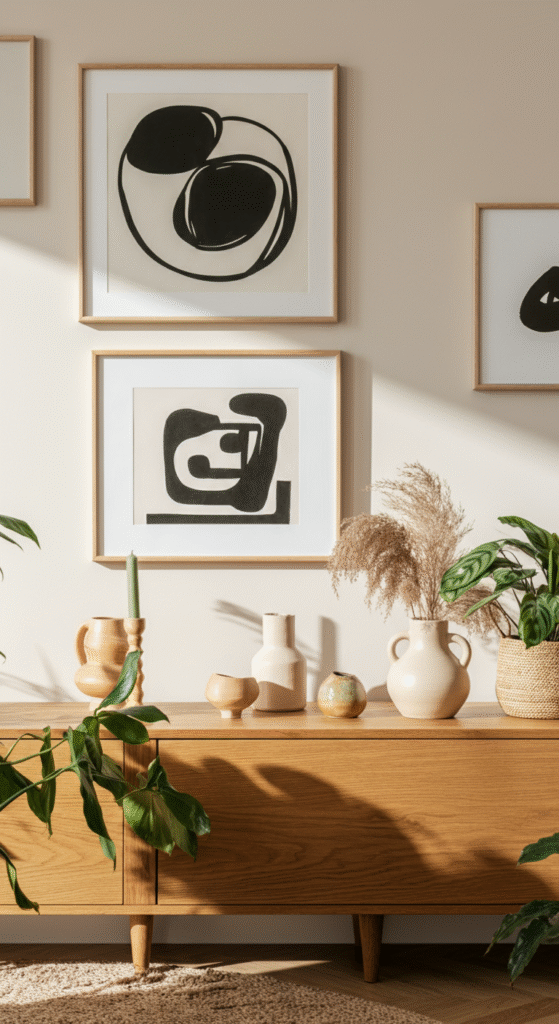
Walls in a Scandinavian home are never overcrowded. A single large artwork or a minimal gallery wall works best.
Black-and-white photography, nature prints, or abstract sketches are perfect choices. Stick to neutral frames — wood, white, or black — for harmony.
The goal is to create visual balance, not visual noise.
12. Highlight Cozy Lighting Layers
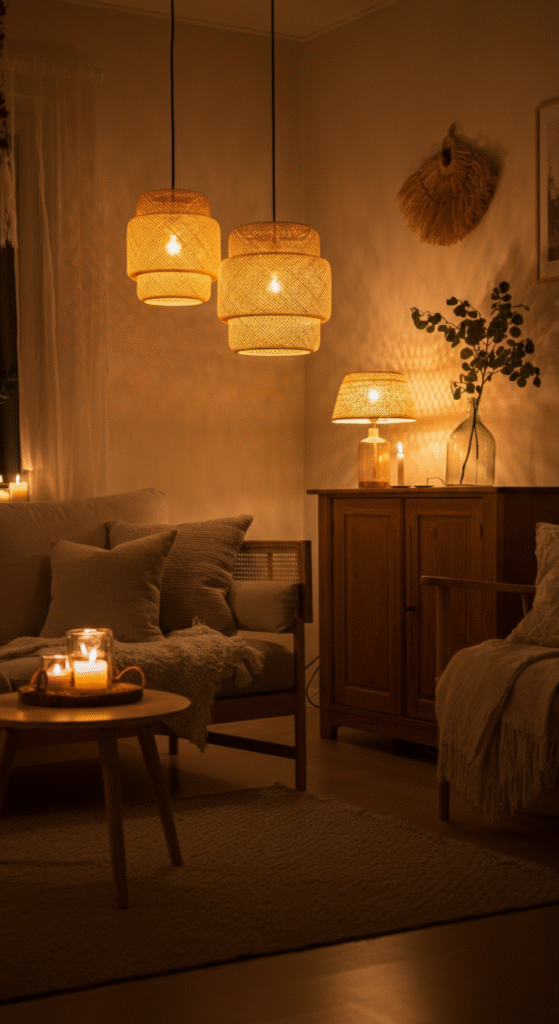
In Northern Europe, lighting isn’t just practical — it’s emotional design.
Combine ambient, task, and accent lighting. Think soft-glow floor lamps, pendant lights over coffee tables, and candles on sideboards.
Fun fact: Candles are considered an essential in most Scandinavian homes. Some surveys even show that the average Dane burns over 13 pounds of candles every year!
That gentle flicker of light adds warmth no electric bulb can replace.
13. Bring in Personal Touches
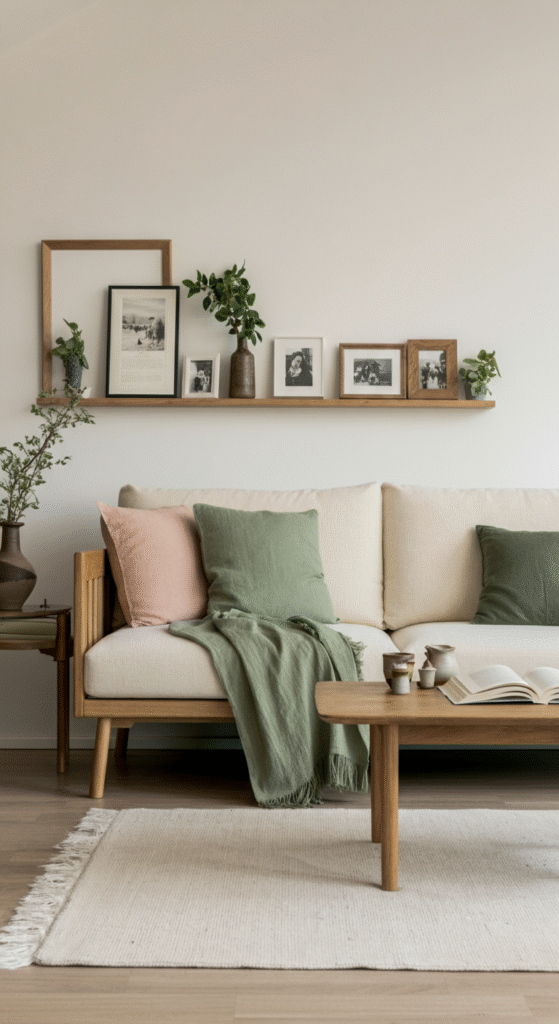
Scandinavian design may look minimalist, but it’s never impersonal.
Show who you are — display a favorite book, a ceramic cup from your travels, or a family photograph in a clean frame. These small moments of “you” make your home warm and real.
Remember, calm doesn’t mean cold — it means balanced.
Bonus Tip: Think Sustainable
Sustainability is deeply ingrained in Scandinavian design philosophy.
Whenever possible, choose eco-friendly materials — reclaimed wood, organic cotton, recycled glass, or handmade ceramics. This not only benefits the planet but also aligns perfectly with the idea of thoughtful, mindful living.
Conclusion: Simplicity is the New Luxury
A Scandinavian living room isn’t just a design style — it’s a way of life. It’s about slowing down, choosing thoughtfully, and finding peace in small, simple details.
It’s the warmth of a wool blanket on a rainy day, the golden glow of a candle in the evening, and the quiet joy of uncluttered space.
When you embrace these 13 Scandinavian living room makeover ideas, you don’t just transform your home — you transform your mindset. You begin to value stillness over stuff, comfort over chaos, and authenticity over aesthetics.
In the end, that’s what true Scandinavian calm is all about: creating a space that feels alive in its silence and beautiful in its simplicity.
Frequently Asked Questions (FAQs)
What defines Scandinavian living room design?
Scandinavian living room design is characterized by simplicity, functionality, and a deep connection with nature. It uses light color palettes, natural materials like wood and wool, minimal clutter, and plenty of natural light. The goal is to create a calm, cozy, and practical living environment.
How do I make my living room feel more Scandinavian?
Start with a neutral base — think whites, greys, or soft beige walls. Add light wooden furniture, cozy textiles, and minimal yet meaningful décor. Let in as much natural light as possible, and avoid overcrowding your space with unnecessary items.
Can Scandinavian interiors have color?
Yes, but use it sparingly. Muted tones like soft blue, sage green, blush pink, or terracotta work beautifully. These subtle pops of color should complement, not overpower, the neutral foundation typical of Scandinavian interiors.
Is Scandinavian style the same as minimalism?
Not exactly. While both emphasize simplicity, Scandinavian style focuses more on warmth and comfort (hygge). Minimalism can sometimes feel stark or cold, but Scandinavian design balances functionality with coziness and emotional warmth.
What materials are most common in Scandinavian living rooms?
Natural materials dominate — light woods (pine, birch, oak), wool, linen, cotton, leather, and ceramics. These materials bring texture, warmth, and authenticity to the room without feeling heavy or ornate.
